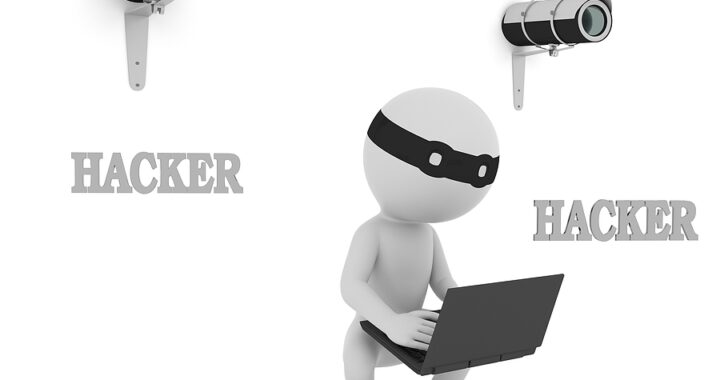cybersecurity – We’re playing a high-stakes game in the digital world, and it’s not just about ticking boxes.
It’s a battle of resilience against relentless risks.
But too often, we find ourselves lost in the maze of compliance, obsessing over regulatory checkboxes and losing sight of the broader picture: managing risk.
Think about it.
Compliance equates to meeting prescribed standards, a minimum requirement that often overlooks the unique vulnerabilities and threats of your business.
Risk management, on the other hand, provides a tailored suit of armor, built to address your specific exposures and equip you to respond effectively.
Imagine you’re setting sail across the open seas.
Compliance gets you a standard boat – it floats, it moves, it’s seaworthy by the book.
But risk management goes beyond. It equips your vessel with precise navigation systems, weather monitoring, life-saving equipment, and an experienced crew.
It prepares you for the unpredictable storms, the choppy waves, the unseen perils beneath the water.
Let’s change the narrative.
Compliance?
Yes, it’s necessary.
But it’s not the destination, it’s the starting line.
We must push beyond, pioneering a dynamic, risk-driven approach to cybersecurity.
For the real win is not in merely following rules, but in navigating risks to arrive safely at our destination.
Don’t leave your business vulnerable to cyber attacks – sign up for our 10 minute tech check (URL In my Banner) and get the knowledge you need to stay ahead of the curve.









